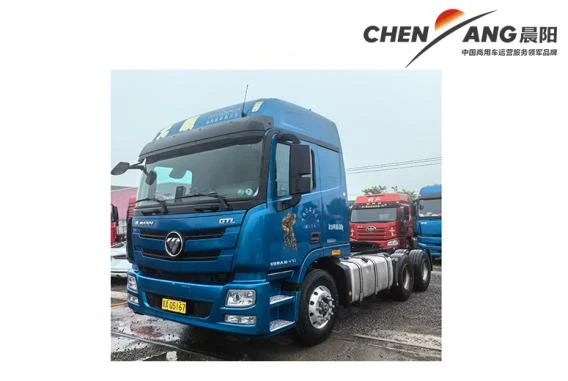different heavy equipment
Different Heavy Equipment An Overview
Heavy equipment, also known as construction machinery, has played a vital role in modern infrastructure development and various industrial applications. These robust machines are designed to perform heavy-duty tasks with precision, efficiency, and reliability. The heavy equipment industry encompasses a wide range of machines tailored for different tasks across construction, mining, agriculture, and more. This article delves into the various types of heavy equipment, their functions, and their significance in various sectors.
1. Excavators
Excavators are among the most versatile heavy equipment. They are primarily used for digging and moving large amounts of earth, making them essential in construction and demolition projects. Equipped with a bucket, boom, and rotating cab, excavators can operate in tight spaces and perform various tasks such as trenching, material handling, and landscaping. There are several types of excavators, including mini-excavators for small jobs and large hydraulic excavators for heavy-duty operations.
2. Bulldozers
Bulldozers are powerful machines characterized by their large blades at the front. They are primarily used for pushing massive quantities of soil, sand, and debris. These robust machines are indispensable in clearing land, grading surfaces, and preparing sites for construction. Bulldozers come with different blade configurations to suit specific tasks, and their tracks provide excellent mobility in rough terrain.
3. Loaders
Loaders, often referred to as front-end loaders, are critical for loading materials onto trucks, moving products around a job site, and leveling surfaces. They consist of a front-mounted bucket and are available in various sizes, including compact, wheel, and track loaders. Loaders are versatile and can be used in construction, agriculture, and even recycling operations.
4. Crushers
In the aggregate and mining industries, crushers are essential for breaking down large rock formations into manageable sizes. They come in various types, including jaw crushers, cone crushers, and impact crushers. Each type is designed for specific crushing needs—be it for quarrying, recycling, or construction purposes. Crushers not only facilitate material handling but also play a critical role in the recycling of construction waste.
different heavy equipment

5. Dump Trucks
Dump trucks are a vital part of construction logistics, designed to transport bulk materials like gravel, sand, or dirt. These trucks feature a hydraulic mechanism that allows their beds to tilt, enabling the easy unloading of materials at job sites. Different types of dump trucks, including standard dump trucks, articulated dump trucks, and transfer dump trucks, cater to varying load capacities and terrain.
6. Cranes
Cranes are essential for lifting heavy materials to great heights in construction and industrial applications. They come in various forms, including tower cranes, mobile cranes, and crawler cranes. Tower cranes are commonly seen in skyscraper construction, while mobile cranes offer flexibility on job sites. Their ability to lift and move heavy loads makes them invaluable in both urban and remote construction projects.
7. Backhoes
A backhoe is a versatile piece of heavy equipment that combines a digging bucket (at the rear) and a loader (at the front). This dual functionality allows backhoes to perform a range of tasks, from excavation and trenching to material handling. They are widely used in small to medium-sized construction projects due to their maneuverability and ability to operate in confined spaces.
8. Compactors
Compactors are used to compact soil, gravel, and asphalt, ensuring the stability of surfaces before the construction of buildings or roads. They come in various forms, including plate compactors, roller compactors, and trench compactors. Proper compaction is critical in avoiding future ground settling and instability in constructed structures.
Conclusion
Heavy equipment is an essential component of modern construction and industrial processes. Each type of machine plays a specific role, contributing to efficiency, safety, and productivity in various projects. As technology continues to advance, heavy equipment will likely become even more efficient, incorporating automation and smart technology to enhance their functionality. The significance of heavy equipment in shaping our built environment cannot be overstated, as it facilitates the construction of roads, bridges, buildings, and infrastructure that are foundational to modern society.
-
SINOTRUK HOWO 84 Electric Dump Truck for Eco-Friendly Heavy HaulingNewsJul.26,2025
-
The Fast 16-Gear Manual Transmission Assembly for Heavy TrucksNewsJul.25,2025
-
Mercedes Benz Actros 1848 42 Tractor Truck for Sale - Reliable PerformanceNewsJul.24,2025
-
High-Quality Water Pump Assembly for Sinotruk Trucks – Durable & ReliableNewsJul.23,2025
-
Premium Truck Engine Antifreeze Coolant Fluid for Heavy Duty VehiclesNewsJul.22,2025
-
FOTON View G7 Mini Bus: Affordable & Spacious TransportNewsJul.22,2025
Popular products

























